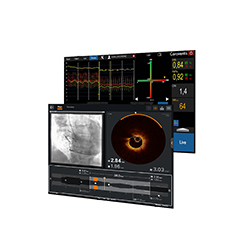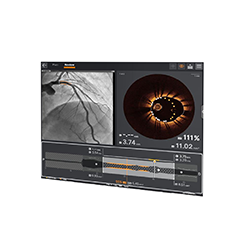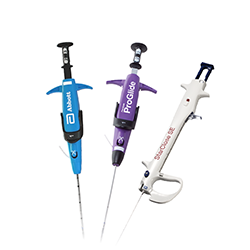Every complex case is unique, and no calcified lesion is the same. That’s why we focus on providing the therapies, tools, and specialized knowledge that enable you to tailor your approach and optimize long-term, durable outcomes.

Individualized Solutions for Calcified Lesions
Our comprehensive portfolio offers individualized solutions for every step in the treatment of calcified lesions from ACCESS to CLOSE.
Access
Gain access with the right guide wires.
Mild Calcification
Moderate Calcification
Severe Calcification

Assess
Visualize the best path forward with OCT and full physiology.
OCT Intravascular Imaging
Epicardial and Microvascular Assessment

Prepare
Clear obstacles with orbital atherectomy and coronary dilatation catheters.
Mild/Moderate Calcification
Severe Calcification
Initially Uncrossable Lesion



Close
Manage hemostasis efficiently
Suture-based
- Perclose™ ProStyle™ Suture-Mediated Closure and Repair System
- Perclose ProGlide™ Suture-Mediated Closure System
Clip-based

MAT-2408224 v2.0












